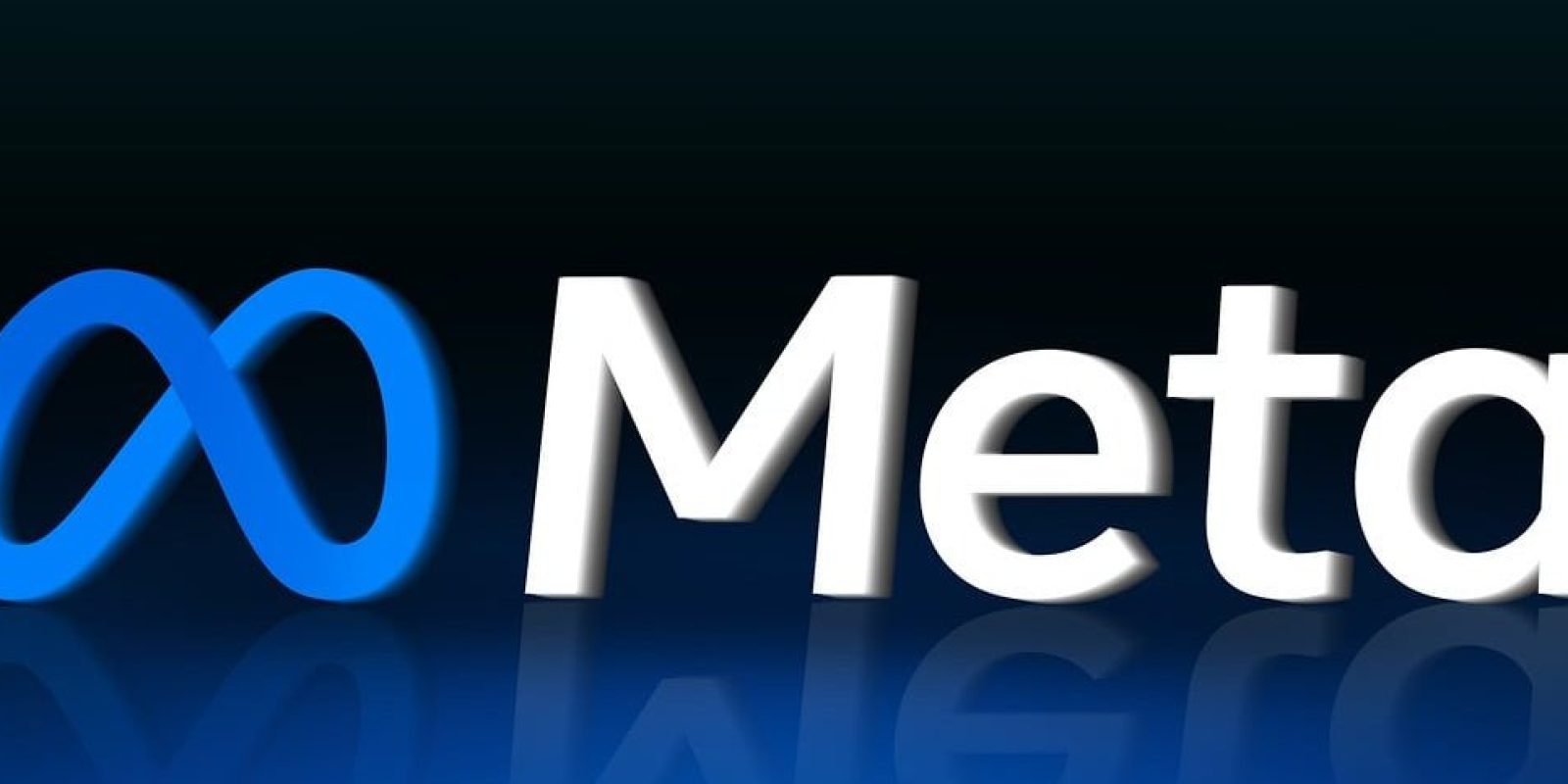The stock exchange listing is an important step for a company, but it does not have to be the prerogative of large corporations: with crowdfunding listing it becomes within the reach of startups and SMEs as well and opens new avenues of access to the capital market.
This new tool of alternative finance was born in 2021 and is slowly catching on, counting so far few realities among those who have experimented with it, but enjoying great success.
Commonly, when people think of IPOs, they think of companies with a certain history and turnovers with lots of zeros, because listing has very high costs. But this is not the target audience we are talking about. Crowdfunding listing, in fact, lowers these costs and makes the benefits of listing accessible to startups and SMEs.
Advantages of listing on the stock exchange
Why should a startup or SME think about something as distant as listing? Here are a number of reasons why they should consider it a near possibility instead:
- increased visibility in the market
- better reputation of the company
- increased liquidity of shares
- accurate real-time quantification of the value of shares
- access to a wider range of investors
- need to structure professional governance.
Startups and SMEs often have the problem of having the bank or similar entities as their sole source of credit, and over-reliance on bank credit makes them more vulnerable during economic downturns. Diversification of credit sources guards against this risk. Alternative finance has provided businesses with many new tools for raising capital, such as different types of crowdfunding.
One of the main problems with crowdfunding perceived by investors, however, is the lack of liquidity of the investment, due to the absence of a proper secondary market on which to trade the purchased instruments and the high notarial costs of transferring securities. This problem is partly mitigated by the so-called "electronic bulletin boards" that some platforms have made available for the exchange of crowdfunding-purchased instruments: there are still few of them, but the EU Crowdfunding Regulation also envisages greater implementation of this resource.
In addition to this possibility, the association of sdigital financial instruments with crowdfunding through tokenization and the various related placement procedures also provide an opportunity to purchase instruments that are more easily liquidated.
Listing on the stock exchange, however, still remains the quintessential way to make stocks more liquid, which thus become strongly more attractive to investors. They increase, in fact, the perceived soundness of the company and the possibility of attracting not only more investors, but more and larger investors: institutional investors cannot invest in a company whose shares do not have a precise and quantifiable value in real time, they must in fact always know the value of their investment.
Crowdfunding listing: the alternative to IPO
Given all the advantages, why aren't there legions of companies listing on the stock exchange every day in their spare time? Because it is obviously a rather expensive and risky process.
In fact, the preliminary operation in order to gain access to a stock market listing is the IPO, or Initial Public Offering: this is the process of placing shares with the public that takes place through so-called "roadshows," meetings with potential investors to present the offer. It is time-consuming and costly, with no certainty of success, because the failure of an IPO can also depend on factors beyond the company's control, such as economic downturns.
Crowdfunding listing reduces this physiological market risk by separating the capital raising phase from the listing phase, that is, the listing of the shares. By using an equity crowdfunding campaign to replicate the IPO, it realizes a new model of direct listing (on the Euronext market, the most common so far, or on other european regulated markets).
Not only are the risks reduced, but so are the time and, most importantly, the costs: an IPO with traditional IPO costs the company on average between €500,000 and €700,000, while with crowdfunding listing it only takes between €60,000 and €100,000.
Want to learn more directly with our crowdfunding experts about the topic you are reading about?
Turbo Crowd can reveal to you all the tricks of the crowdfunding trade, explain the capital-raising opportunities available to you, and provide you with practical support to carry out a successful crowdfunding campaign.
Crowdfunding listing: how it works
To make a crowdfunding listing campaign, it is necessary to apply to one of the crowdfunding platforms that offer this service. The platform will assess the company's suitability for crowdlisting, verifying its prospects, governance structure, bylaws, and any other aspect necessary to ensure stability and transparency of the transaction for all interested players. If deemed suitable, the company may proceed.
With crowdfunding listing, raising capital by placing shares is done, instead of through an IPO, through an equity crowdfunding campaign, without the need to meet certain market windows for the transaction to take place.
An equity crowdfunding campaign that has many more boosts than traditional ones: the prospect of buying a share that is destined to become a stock listed on a regulated market in the short term more easily attracts potential investors, as does knowing in advance the listing value of those shares.
Only then does the company directly proceed with the listing of the company's shares: at that point the company already has the business valuation document, has already established the pricing of the shares, because it is the same as the shares placed in equity crowdfunding, so it has certainty about the quantitative size of the raising, and has already done the capital increase.
Raising capital is therefore overlaid with the processing of some essential legal and bureaucratic requirements, optimizing the timing of the operation.
The company can then quickly apply to the Listing Sponsor for admission of the shares to the chosen stock market with accurate data and documents. This is followed by verification of the listing project by the Listing Sponsor together with the market operators. In about 6 months from the start of operations, in this way, a company can realize its listing on the stock exchange.
A crowdfunding listing example
Cesynt Advanced Solutions, the company that owns the iSkilled elearning platform, was one of the pioneers of crowdfunding listing. After an initial crowdfunding campaign aimed at raising capital, the company has grown and matured in its willingness and need to open itself up to ongoing capital raising from a broader and more qualified pool of investors.
It then carried out a second equity crowdfunding campaign aimed at the IPO, which took place on November 23, 2020 on the Euronext market.
This strategy reflects the idea of systematic capital raising as a business asset, which Turbo Crowd promotes as key to a company's continued and competitive growth. Equity crowdfunding and crowdfunding listing are just two of the 8 pillars of capital raising to be mixed in the right way to create the perfect funding recipe tailored to each reality.
To find out about them all, sign up for the Turbo Crowd Facebook group, where with entrepreneurs and professionals from various sectors we address the topic of capital search from all possible angles.
Do you need support in preparing a successful crowdfunding campaign and seeking potential investors for your project?
Turbo Crowd can accompany you throughout the process, from organizing the precrowd to closing the collection, developing effective and innovative marketing strategies to best promote your campaign.













































